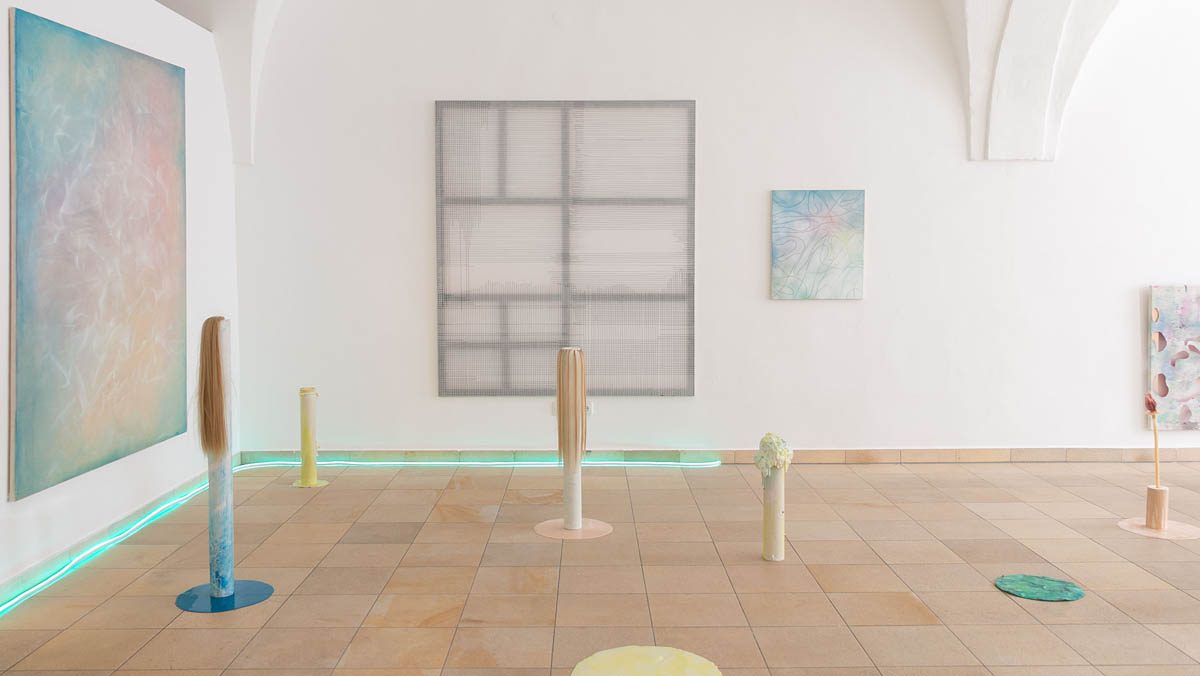In der Geschichte der Poetik und Kunst wird das Prinzip der Nachahmung/imitatio der Natur als Mimesis bezeichnet und beschreibt die ästhetische Interpretation, beziehungsweise die Darstellung von Wirklichkeit. Die mimetische Fähigkeit sich etwas ähnlich zu machen, muss jedoch auch im Kontext von gesellschaftlichem Leben gedacht werden, da sie nahezu jedes menschliche Handeln, Denken und Vorstellen betrifft.
Johanna Binder reflektiert in ihrer multimedialen Installation MEROTOPIA das Verhältnis des Menschen zur Natur und den Blick auf die Kunst. Sie eignet sich dafür den Galerieraum an und inszeniert ihn als eine Art Terrarium, einen kuratierten Lebensraum für unbekannte Bewohner*innen. Von außen sehen die Passant*innen durch die Glasscheiben ein Szenario, das ihnen als Ort für Kunst vielleicht bekannt erscheint und dennoch fremd ist.
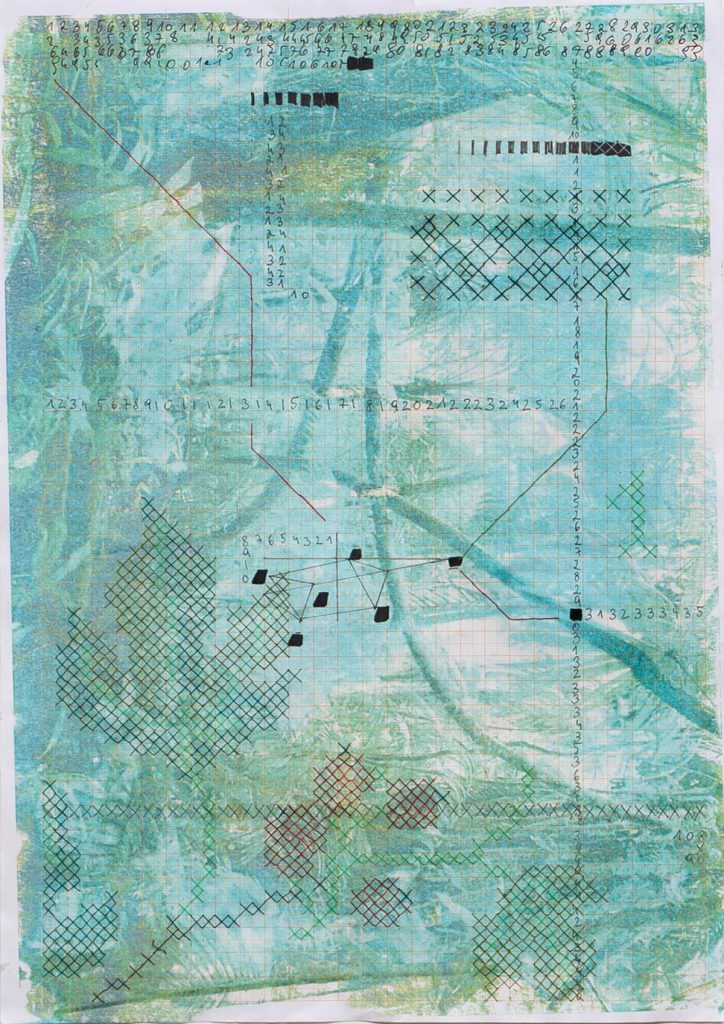
Beim Durchwandern des Inneren ändert sich die Perspektive und die Besucher*innen werden selbst zu Beobachteten in einem Vivarium. Der Blick von außen ist eine wichtige Koordinate im Werk der Künstlerin. Binder interessiert daran das scheinbar unlösliche Paradox, etwas zu erforschen und hierfür die eigene Vorprägung auszuklammern. Die Gefahr besteht darin, dem Anderen das Eigene überzustülpen – wie das Terrarium, das nach einer Vorstellung von Natürlichkeit geschaffen wird. Wenn bestehende Hierarchien, Strukturen und Systeme unbekannt sind, fokussiert sich der Blick auf Äußerlichkeiten, Oberflächen und Details. Diese dekonstruierende und isolierende Vorgehensweise transferiert Binder in ihre Malereien und Grafiken, indem sie einzelne Details und Formen herausgreift, Raster und Linien zerfallen lässt, Leinwände durchlöchert, Papiere durchsticht und Zahlenrhythmen aufbricht.
Haben organische Geschwülste eine innere Ordnung und Hierarchie, die wir mit unseren Messungsinstrumenten nur nicht erfassen können?
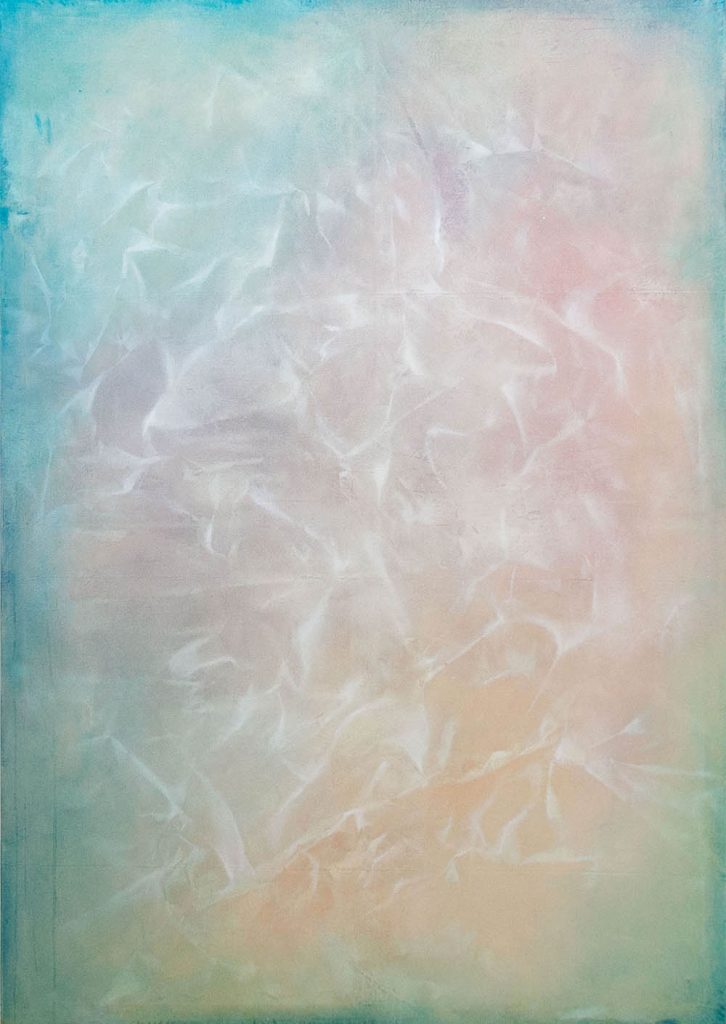
merotopia Galerie Sophia Vonier 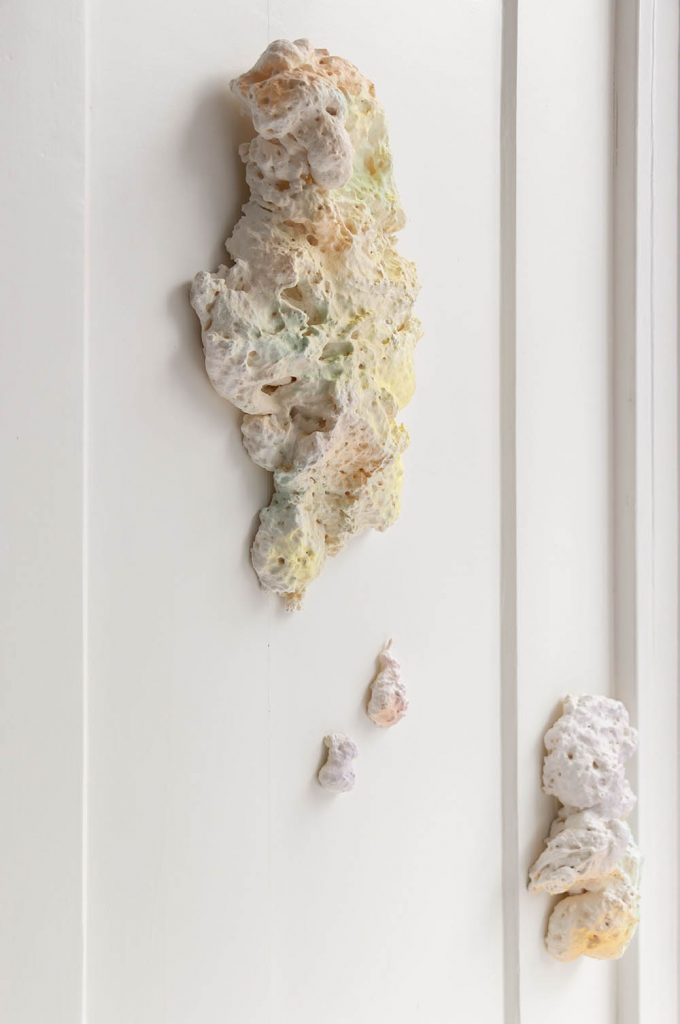
merotopia Galerie Sophia Vonier 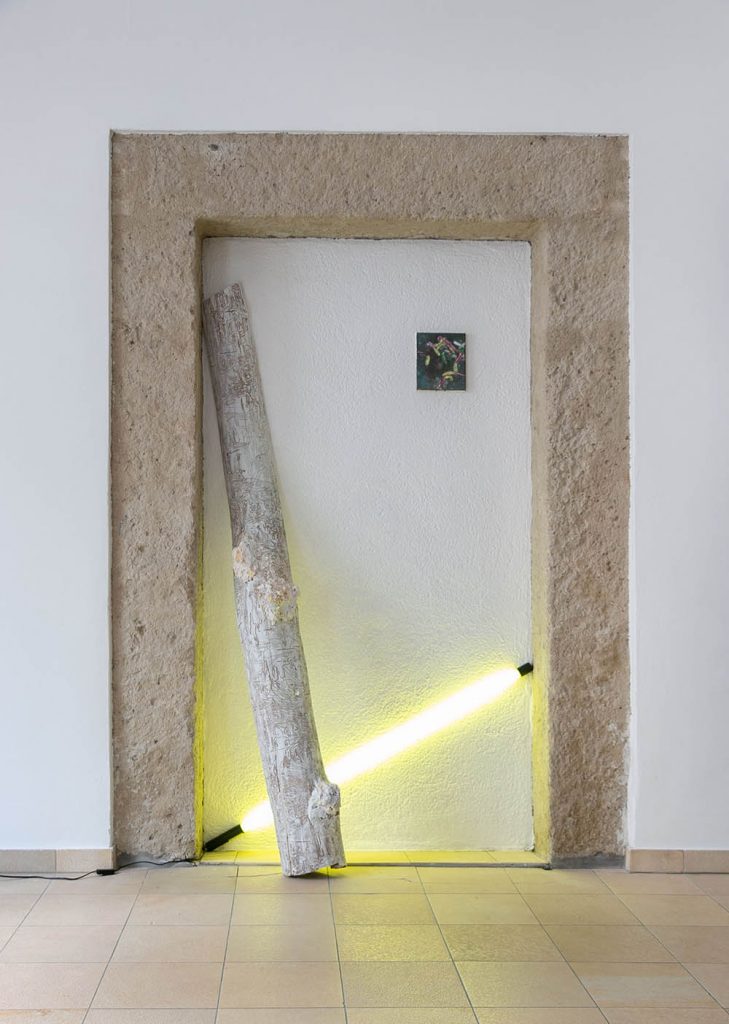
merotopia Galerie Sophia Vonier
Wichtiger Ausgangspunkt zur Konzeption von MEROTOPIA war für die Künstlerin der Umgang des Menschen mit der Natur als Metapher für die Beziehung zu anderen Gesellschaftsformen und Kulturen. Die Vorstellungen der westlichen Welt von Natur und Landschaft, sind geprägt durch die Romantik und die Utopie der Vereinigung von Mensch und Natur. Sie wird hierbei als schöner, idyllischer oder dramatisch entfesselter Wunschraum dargestellt. Mit MEROTOPIA stellt Binder diesem Verständnis ein realistischeres entgegen, das die Bemächtigung und Beherrschung anderer Lebensräume verhandelt. Sie fordert uns auf genau hinzusehen, die Perspektive zu ändern und die eigene Welt mit den Augen einer fremden Welt zu sehen.
Ausstellungsdauer:
Juli – 15. August 2020
Adresse und Kontakt:
Galerie Sophia Vonier
Wiener-Philharmoniker-Gasse 3
5020 Salzburg
www.galerievonier.com




